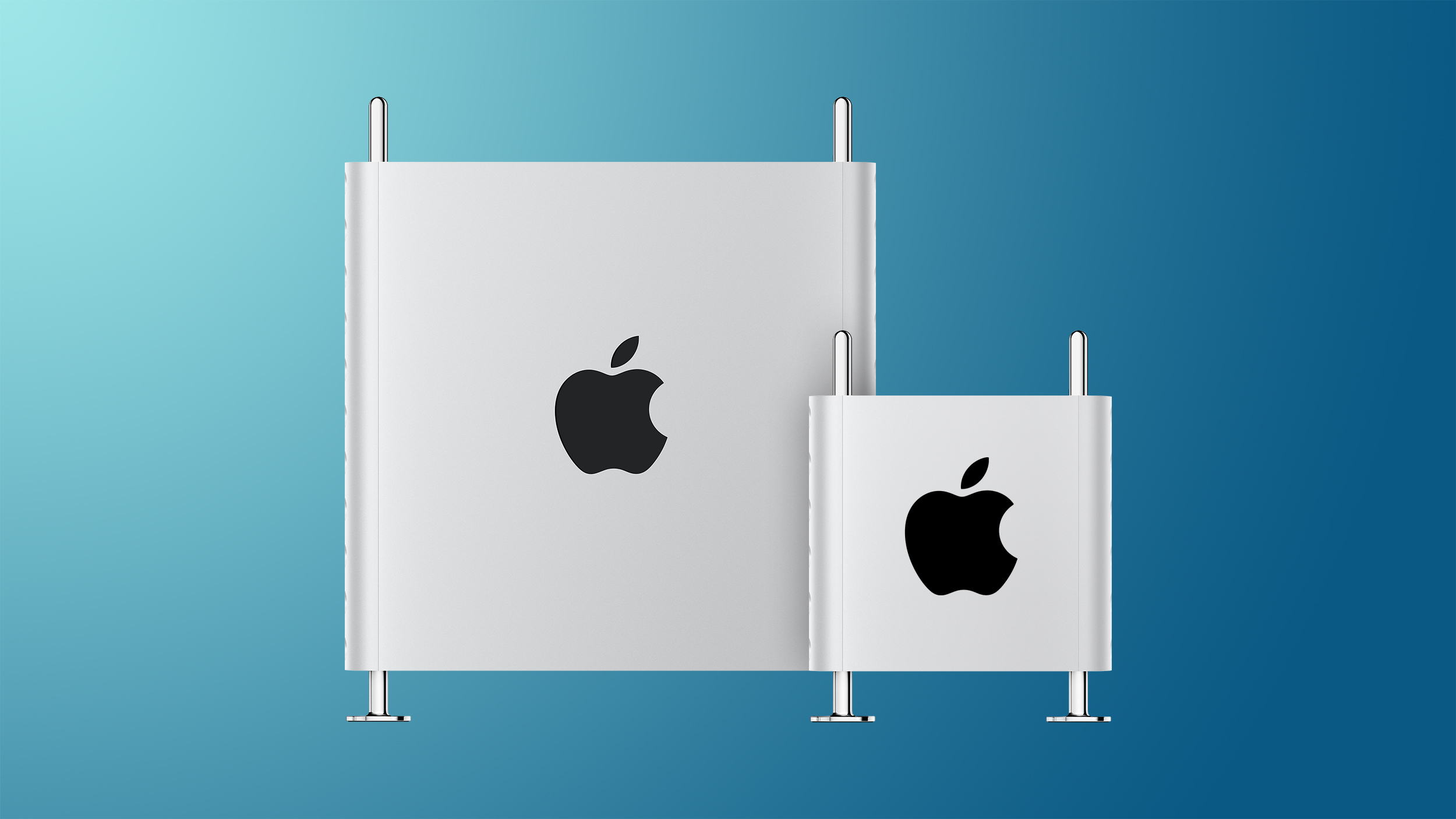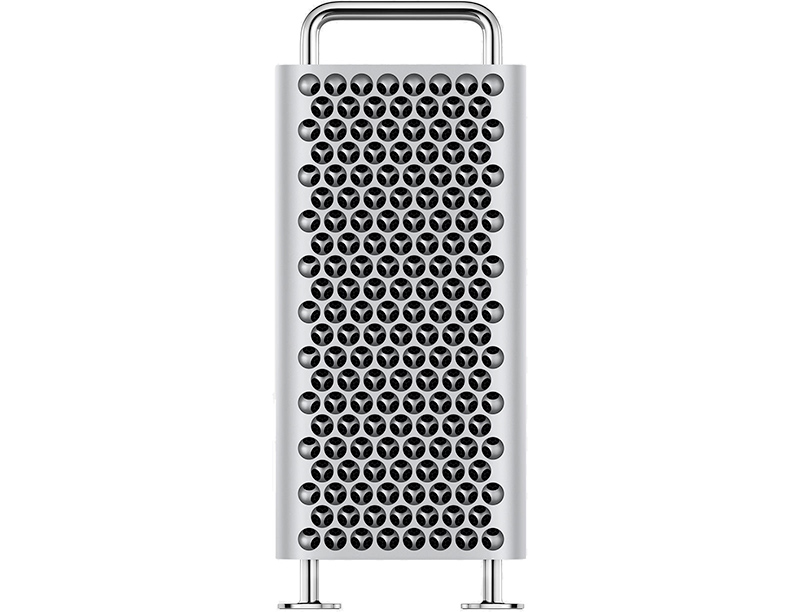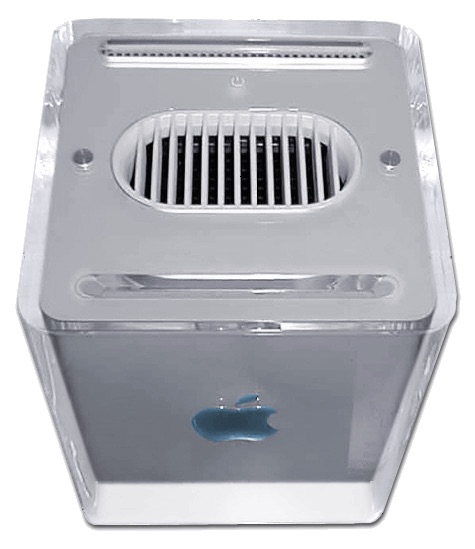You should be aware the design started with the 2005 Power PC G5, the 2006 Intel Mac Pro had the same form along with its 2009, and 2010 Mac Pros. It really was a boat anchor of sorts. Lots of wasted space.The Mac Pro 2009-2012 was "rack hostile" with the handles getting in the way of rotating and inserting into a standard width rack. This 2019 "rack option" is mostly just an option of a better optimized container for the horizontal position. Other than that it isn't trying to be a different product. There is a use-case where folks put Mac Pros into equipment bays , utility carts , etc. The racking here is just to enable that. (same target group that wants several cards , but mounted horizontal. Mostly this is not super hard core data center temple folks. More ruggedized Macs than trying to fit in next to the Mainframe. Similar for the sky high priced wheels for the tower version. Folks rolling it from place to place. )
Similarly, the Mac Pro 2009-2012 had a CPU tray not so much because Apple worships at the alter of ultra-modularity , but so that they could do a single socket and dual socket versions with one shared logic board and chassis. Apple didn't
Wiki had a couple of good images.

The 2005 model had those Delphi water radiators along with way too many fans, the 2006 model was a big improvement going back to intel.
Here's the back side of the two. If someone wanted to pick them up and move then around those handles were not comfortable to grasp for carrying around. They did show that Apple tried to replicate more of a industrial workstation design, but the all metal heaviness was a weird choice on their part.

The trashcan design I thought these were neat, and hopped they would continue with workstation innovation, but Apple walked away, lost I guess until the 2019 model announcement back to the larger metal chassis again, but the handles were more comfortable. The price increases were a bit bizarre with the display costing as much as the base Mac Pro.
Last edited:






